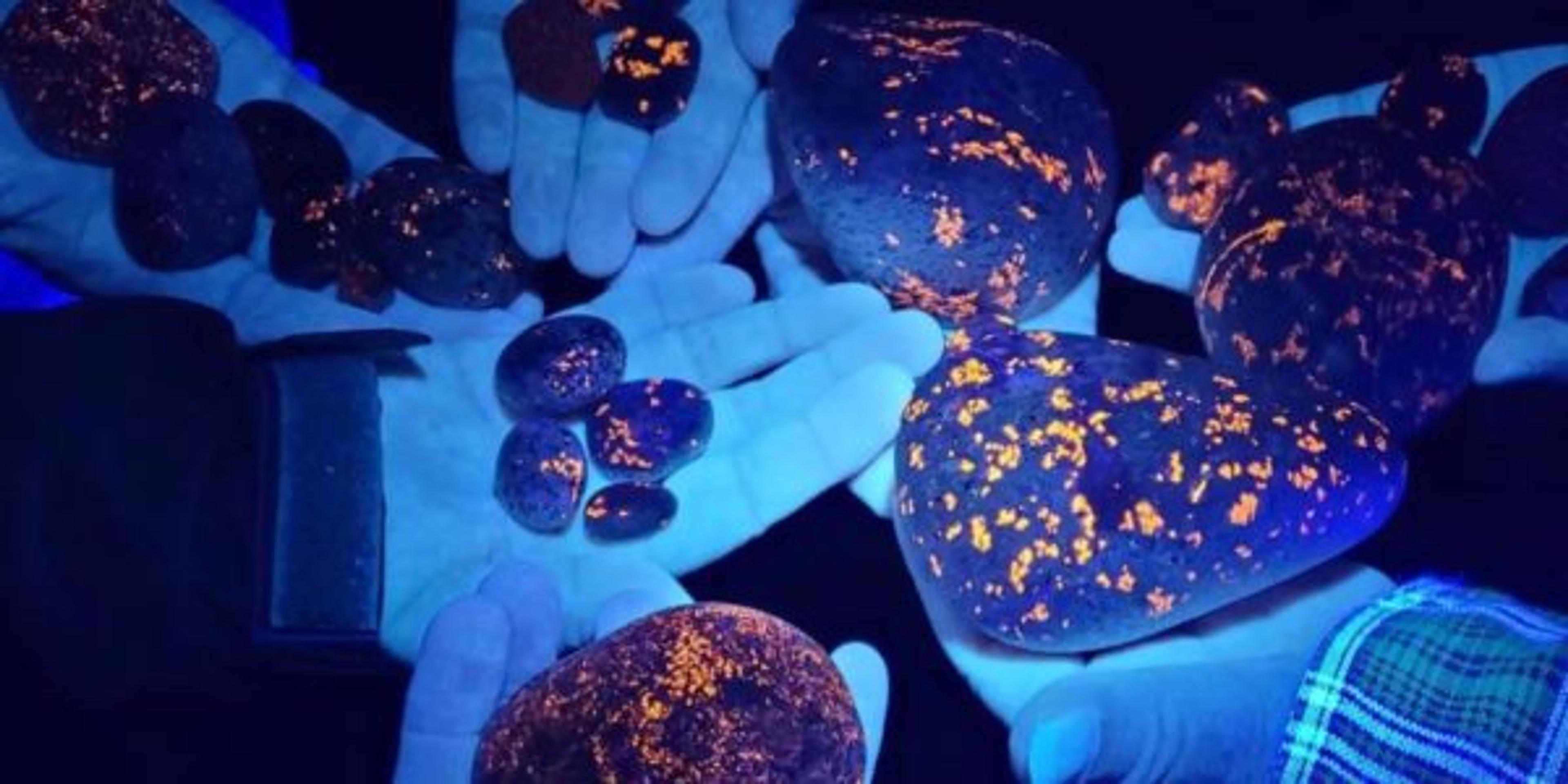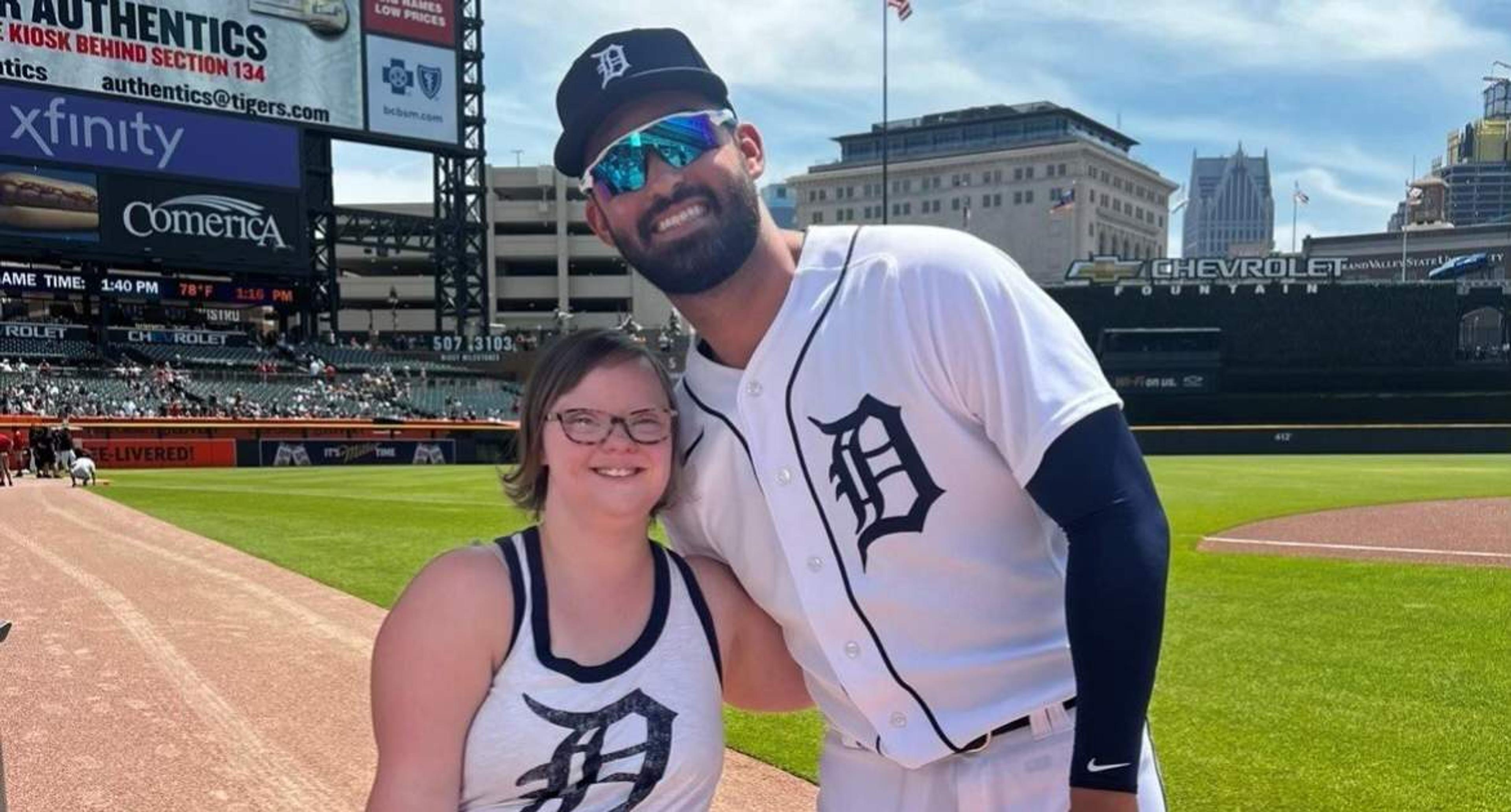Art with Purpose: ArtPrize Artists Spotlight Social Issues in their Work

Julie Bitely
| 5 min read
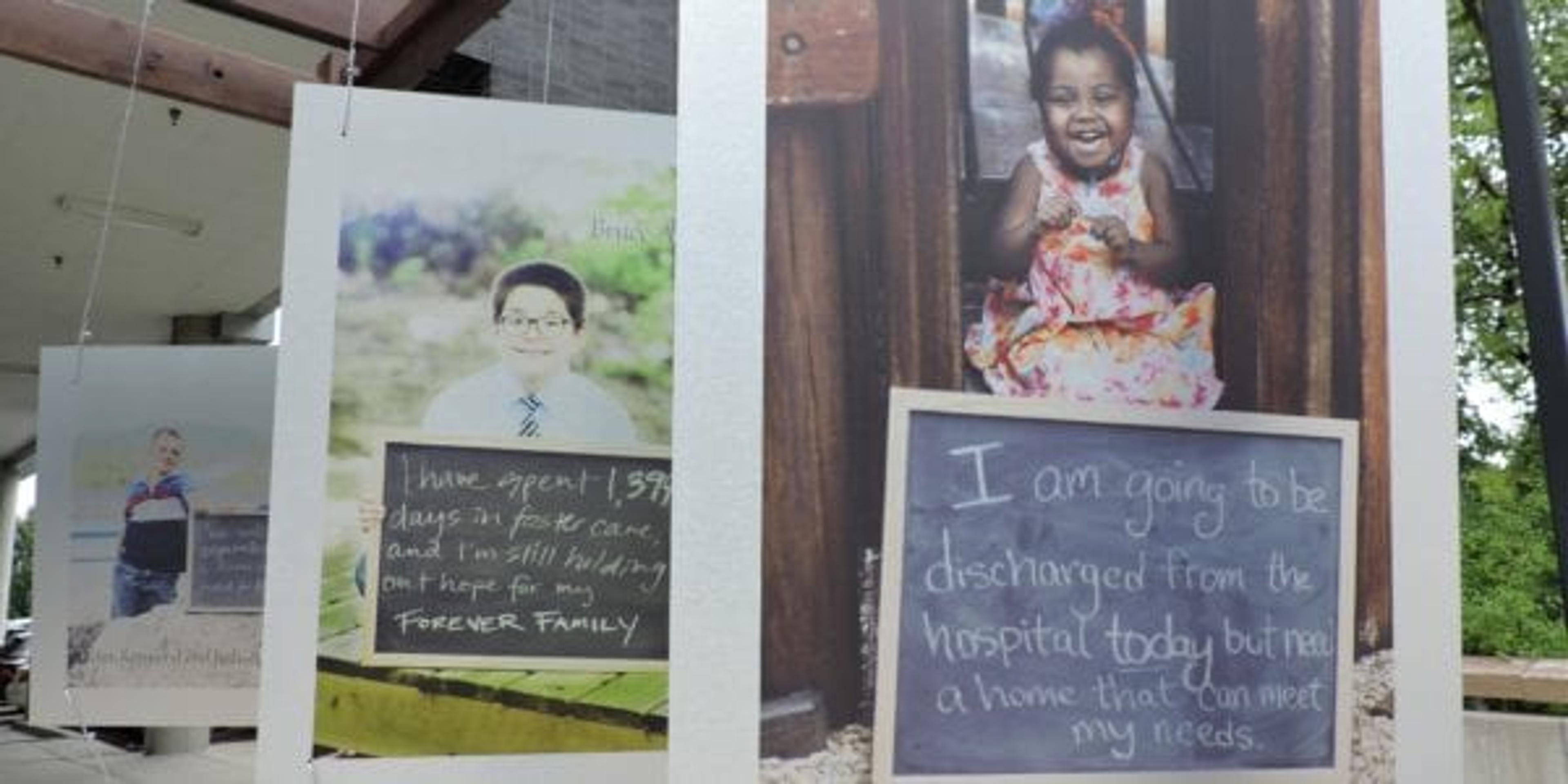
As you enjoy the beautiful artwork on display at ArtPrize Eight, be on the lookout for entries that have a deeper message.
Homelessness, social justice, consumer culture, educational disparities, wounded veterans, diversity, transgender acceptance, brain injuries, environmental issues, and breastfeeding are just a sampling of the many different issues artists are trying to call attention to through their work.
We spoke to three artists about how they’re spreading awareness about issues they care about through the international art competition, expected to draw hundreds of thousands of people to Grand Rapids through Oct. 9, 2016.
Fighting Bullying, Spreading Kindness
It was learning about kids like Zoe Johnson, a 13-year-old suicide victim whose mother blames bullying for her daughter’s death, that inspired Pamela Alderman’s latest ArtPrize entry.
Visitors to her piece, Color Me Orange – Color Me Kind, located near the entrance of the Gerald R. Ford Museum, are invited to tie an orange ribbon to the mesh canvas displayed behind a large glass depiction of koi fish swimming against a strong current. Tying the ribbon signifies a commitment to treat others with kindness, even those who are hard to like or who are different.

“When we are kind, we are swimming against the flow of our culture,” she said.
At a volunteer orientation session for people helping to staff Alderman’s piece, stories of bullying and redemption were shared. One recent study ranked Michigan as the state with the biggest bullying problem in the country, making ArtPrize the perfect place to shine a spotlight on the issue.
Raising Awareness of Invisible Illnesses
Becky Humes, of Comstock Park, recruited men and women to sit for her entry, a photography exhibit called You Don’t Look Sick to Me, showing at Bartertown Diner. As the title of the piece suggests, most of the 24 subjects appear happy and smiling in their portraits. Reading their words behind the photos tells the full story of what it’s like to live with an invisible illness such as post-traumatic stress disorder, autism, anxiety, infertility, lupus or multiple sclerosis.
Humes developed complex regional pain syndrome, also known as reflex sympathetic dystrophy, in 2012 after spraining her ankle from a balance beam fall.
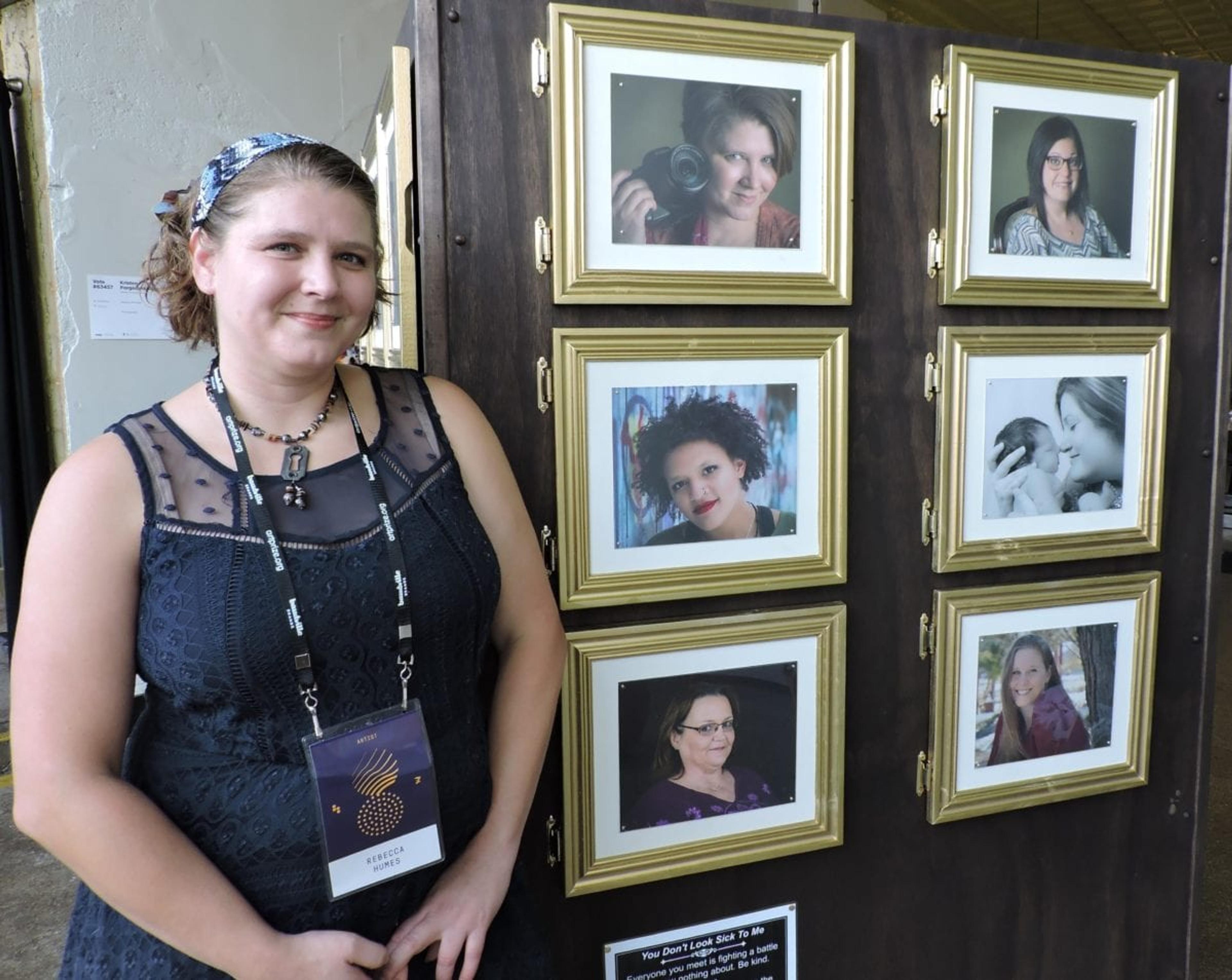
“It’s an extremely painful disorder and a lot of people don’t know I have it,” she said.
On the McGill pain scale, discomfort from the syndrome is ranked higher than childbirth. Hume said she only uses her handicapped parking pass when she knows she’ll be on her feet a lot and walking back to her vehicle may be difficult, but has faced scorn and disbelief from people unaware of her condition.
“I may look young, but that doesn’t mean I’m healthy,” she said.
She hopes her work will help people realize that they shouldn’t always be so quick to judge others and to be careful about making assumptions about someone’s health or physical ability. As she’s been posting about her work on Facebook, many people have messaged her to tell her how much it means to them personally.
“I’m just really moved by that,” Humes said.
Helping Kids and Parents in Need
Drawing attention to the need for foster parents in Kent County and the state of Michigan is the aim of Be the Turning Point, located at Plante Moran. The entry is a series of portraits depicting children who have been or are currently in the West Michigan foster care system, commissioned by the Kent County Coalition, a group of foster home licensing agencies from Kent County, including Bethany Christian Services, Catholic Charities, D.A. Blodgett, Samaritas and Wellspring Lutheran Services .
At any given time, about 1,000 children in Kent County and 13,000 children in Michigan overall are part of the foster care system. Children with medical conditions that are difficult to care for and older children can sometimes be difficult to place.
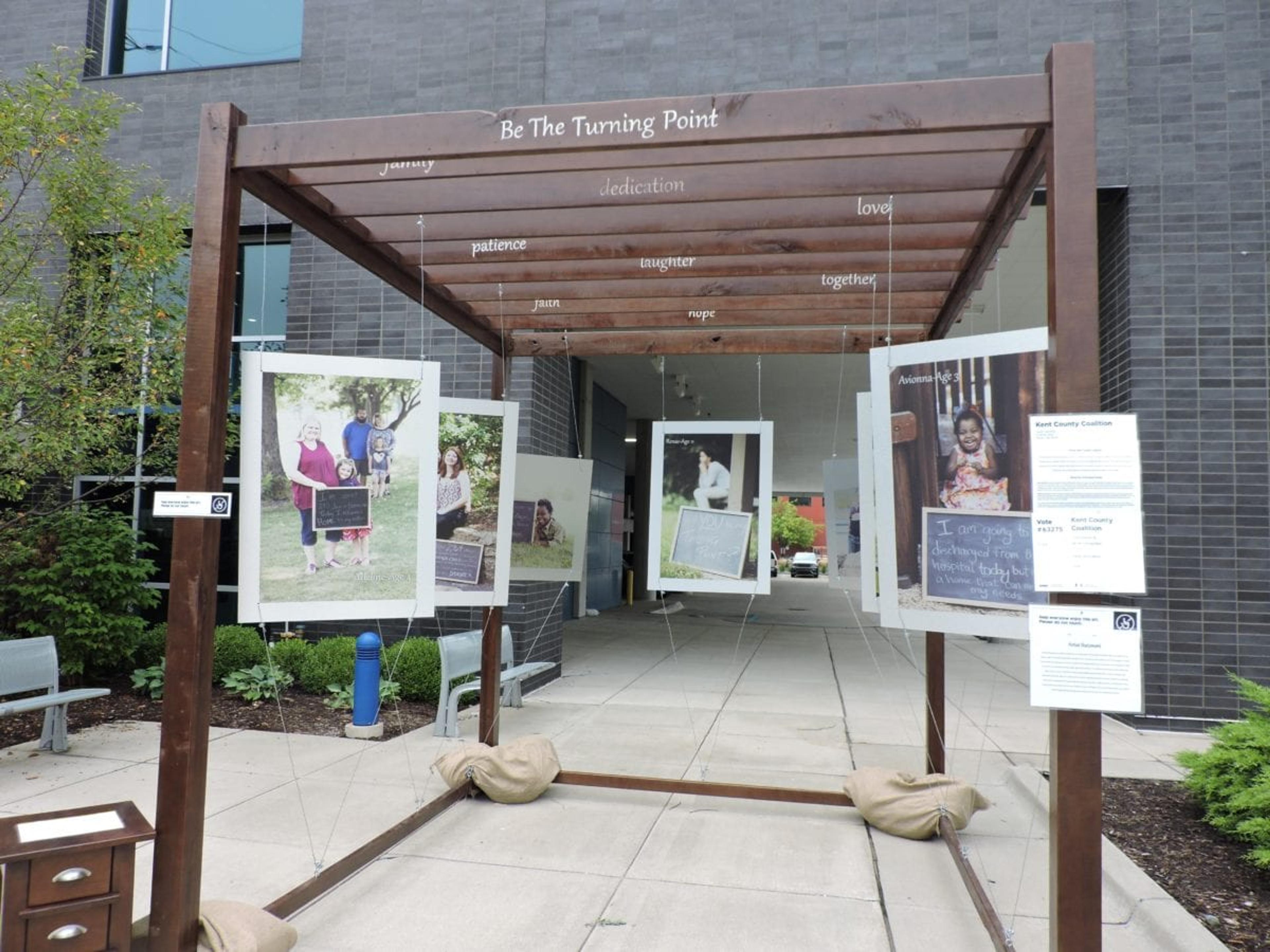
Foster care worker Sarah Wohlfeil, part of the coalition behind the ArtPrize entry, said the group wanted to highlight the three main outcomes of foster care – kids reuniting with their biological parents, adoption, and remaining in the system waiting to be adopted.
“Some people don’t fully understand what foster care is,” Wohlfeil said. “By having those three different outcomes, I thought it would give people a better understanding of foster care.”
With hundreds of thousands of people expected during ArtPrize, Wohlfeil said the decision to leverage the art competition as a way to get the word out about the need for foster parents was a no-brainer and so far, it’s been worth it.
“This is totally worth it because of all the good conversations we’ve been able to have with people,” she said.
Wohlfeil said there are a lot of misconceptions about foster care. Most parents whose children need temporary foster care assistance just need time to learn proper parenting skills in order to provide a safe home for their kids. They might not have had ideal parenting role models in their own lives, perpetuating a cycle. They also might need time to recover from a drug or alcohol addiction in order to properly take care of their children.
In some cases, parents don’t have a strong support system to help.
One of the children depicted, Adeline, was photographed reunited with her birth mom. Her foster family is behind them in the background. The mom and daughter still maintain contact with the foster family, ensuring that they both have someone to turn to when things get tough.
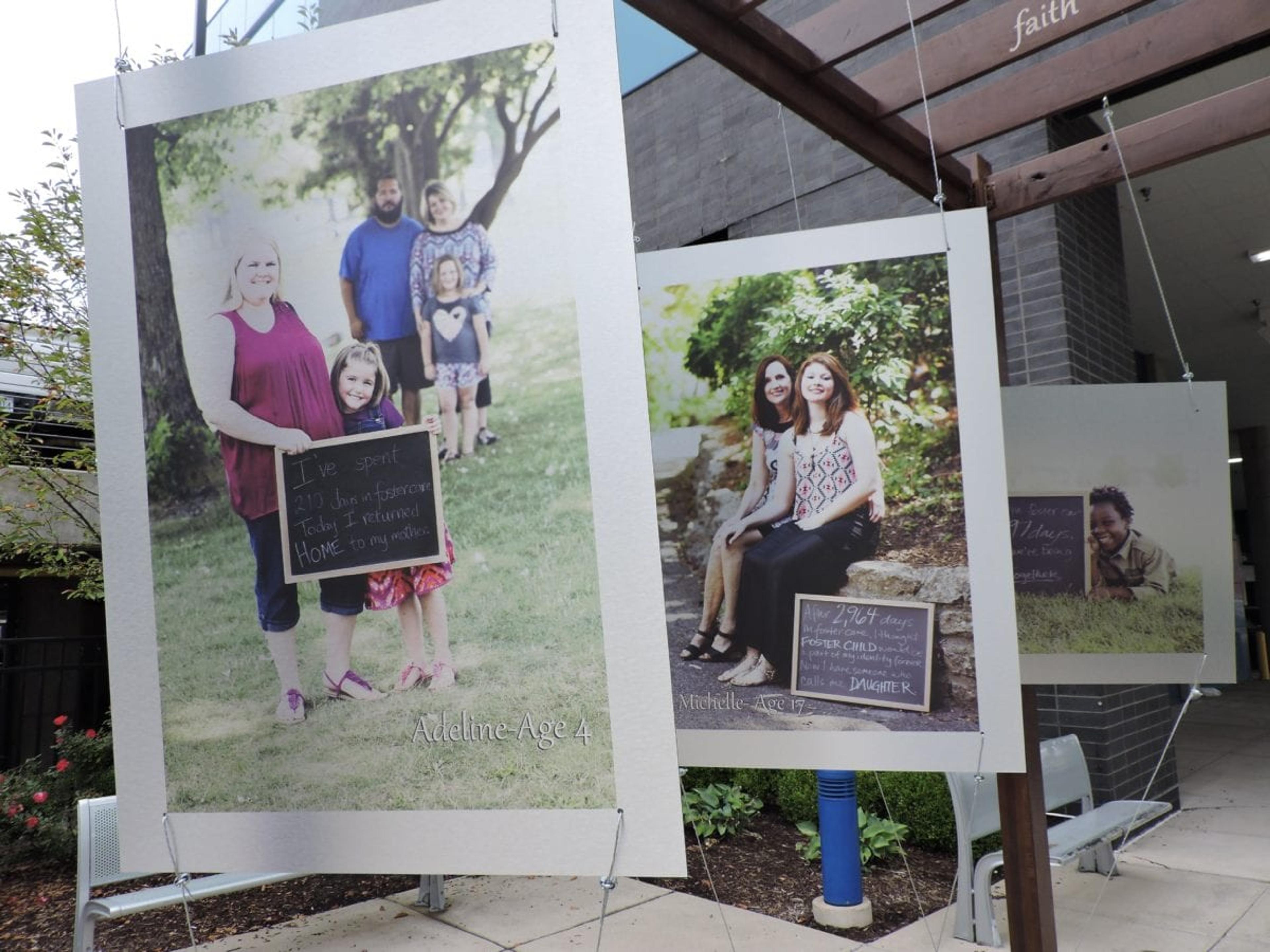
“Adeline was in care for less than a year and her mom was able to get her back and she’s had her back for a few years,” she said.
“I feel like foster care can really be a turning point,” Wohlfeil said.
Are you an ArtPrize artist with a message? Tell us about your work in the comments.
If you liked this post, you might also enjoy:
Photo credit: Julie Bitely

